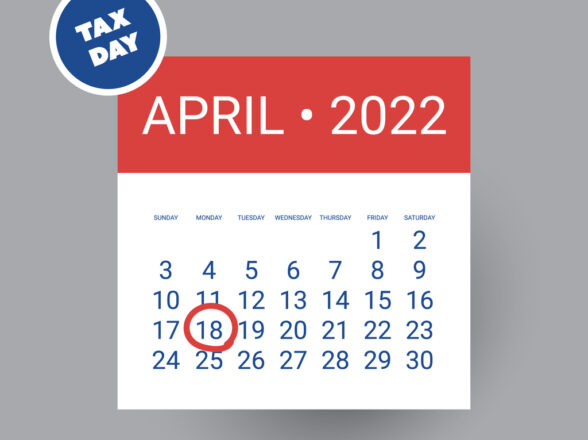Blog
What is a Private Foundation?

Private foundations (PF) are a type of nonprofit organization that requires careful consideration when it comes to taxes. Navigating the tax rules associated with private foundations can be a daunting task, but understanding the basics can help you make the most of your foundation’s resources. We will touch the surface of what a PF is, so please be sure to contact us for a more in-depth discussion to see if a PF is right for you.
PFs are a great way to encourage philanthropic giving and receive certain tax incentives in return. These incentives include income tax savings, tax-free growth of assets, capital gains tax savings and estate tax savings. All of these benefits make PFs an attractive option for those looking to give back to their community.
In addition, PFs can offer donors the opportunity to have more control over how their donations are used. Donors can specify where they want their money to go and how it should be allocated, allowing them to have a greater impact on the causes they care about most.
For the right family, PFs can be an incredibly useful and surprisingly nimble financial vehicle. They offer the potential for significant tax savings while providing a great deal of control over how money is invested and distributed. However, it’s important to understand the conditions that must be met in order to take full advantage of these benefits.
One strategy to maximize fair market value deductions is to use both a private foundation and a donor-advised fund. This approach allows donors to take advantage of the different tax benefits associated with each type of organization. With this strategy, donors can reduce their taxable income while still supporting their favorite charities and causes.
An important consideration with PFs is that they are required to make qualifying distributions of at least 5% of the aggregate fair market value of all their assets each year. This is an important element for PFs as it helps them fund charitable activities and ensure that they are meeting their philanthropic goals. It also helps in maintaining transparency and accountability in the sector.
The 5% requirement is a minimum, which means that private foundations may choose to distribute more than 5% of their assets if they wish to do so. The distribution must be made within a reasonable time frame and it should be used for charitable purposes only. This ensures that the foundation’s funds are being used for the right purpose and that its donors are getting value for their contributions.
Unfortunately, current legislative proposals may limit a foundation’s ability to fulfill its obligation to use its resources for charitable purposes. These proposals include restrictions on grants to donor advised funds (DAFs) and compensation paid to certain insiders. Such restrictions could significantly reduce the impact of philanthropic giving by foundations, and would make it difficult for them to meet their goals of helping those in need.
The idea that a large endowment is necessary to justify the setup and maintenance of a private foundation is a common misconception. In reality, according to the National Center for Charitable Statistics, more than 70% of foundations have less than $1 million in assets. This means that even smaller organizations can benefit from the advantages of having a private foundation without needing to invest millions of dollars into it.
Private foundations have the potential to make a great impact on society, but they must also comply with the IRS regulations. Donors of private foundations need to be aware of how to keep their foundation in compliance with the IRS. This includes understanding what is considered “self-dealing” and taking care with regards to property, leases, loans, credit and compensation. Additionally, private foundations must take caution when it comes to excess business holdings as this can lead to penalties from the IRS.
Here at Infinium, we can create a PF with the help of our custodian Fidelity Investments that has partnered with Foundation Source (www.foundationsource.com), a leading provider in the space. No two situations are the same, and let’s discuss if and how to make a PF work for you.






































































































